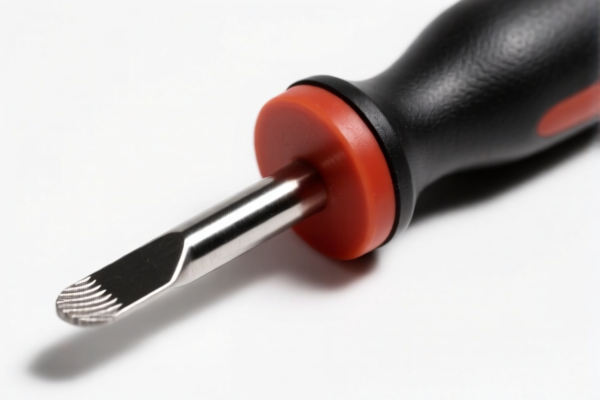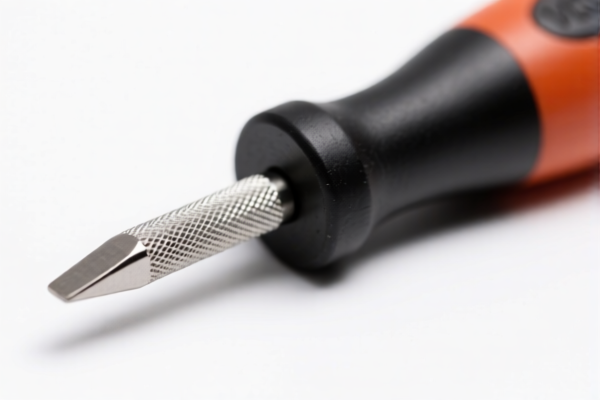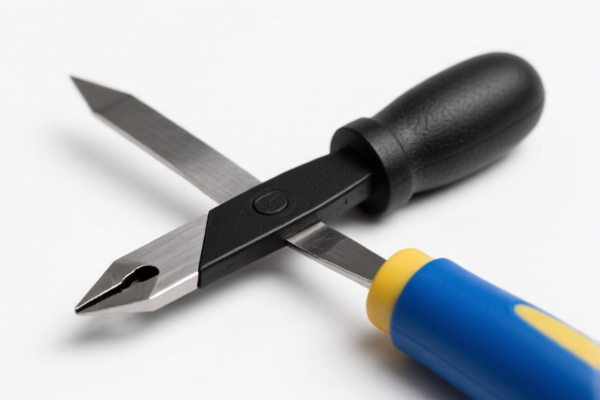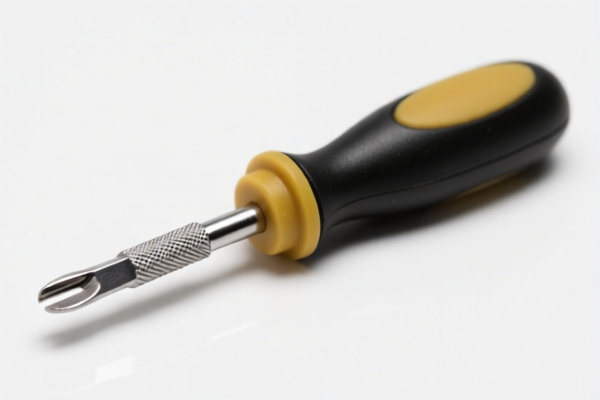| HS Code | Official Doc | Tariff Rate | Origin | Destination | Effective Date |
|---|---|---|---|---|---|
| 9604000000 | Doc | 42.4% | CN | US | 2025-05-12 |




A tool is any physical item or implement used to achieve a goal. Tools extend the capabilities of a user, allowing them to perform tasks that would otherwise be difficult or impossible. They have been a fundamental aspect of human development and are present in virtually every aspect of life.
Material
Tools are constructed from a vast range of materials, selected based on the intended purpose and the forces they will encounter. Common materials include:
- Metals: Steel (various alloys for strength, hardness, corrosion resistance), iron, aluminum, titanium, copper.
- Wood: Historically significant, used for handles, shaping, and structural components.
- Stone: Early tools, still used for specific purposes (e.g., whetstones).
- Plastic/Polymers: Lightweight, corrosion-resistant, often used for handles, casings, and specialized applications.
- Ceramics: Abrasives (grinding wheels), cutting tools.
- Composites: Combining materials for enhanced properties (e.g., carbon fiber for strength and lightness).
Purpose & Function
The purpose of a tool dictates its function. Broadly, tools can be categorized by their primary action:
- Cutting: Saws, knives, scissors, lasers.
- Fastening: Hammers, screwdrivers, wrenches, pliers, drills.
- Shaping: Files, chisels, planes, molds.
- Moving/Lifting: Levers, pulleys, cranes, wheelbarrows.
- Measuring/Calibration: Rulers, calipers, levels, protractors.
- Digging/Excavation: Shovels, spades, picks.
- Impact/Force Application: Hammers, mallets, presses.
Usage Scenarios
Tools are employed across a wide spectrum of activities:
- Construction: Building structures, infrastructure.
- Manufacturing: Creating goods, assembly lines.
- Agriculture: Farming, harvesting.
- Automotive Repair: Maintaining and fixing vehicles.
- Woodworking: Crafting with wood.
- Gardening: Landscaping, plant care.
- Electronics Repair: Fixing and modifying electronic devices.
- Medical Procedures: Surgical instruments, diagnostic equipment.
- Everyday Tasks: Cooking utensils, household repairs.
Common Types
Tools can be further classified by their mechanism and complexity:
- Hand Tools: Powered by manual effort (e.g., screwdrivers, wrenches, hammers, pliers).
- Power Tools: Powered by electricity, pneumatics, hydraulics, or internal combustion engines (e.g., drills, saws, grinders, sanders).
- Precision Tools: Designed for accuracy and fine work (e.g., calipers, micrometers, watchmaker's tools).
- Specialty Tools: Designed for specific tasks or industries (e.g., plumbing tools, automotive tools, medical instruments).
- Cutting Tools: Including blades, bits, and abrasives, used for material removal.
- Measuring Tools: Used for determining dimensions and quantities.
- Diagnostic Tools: Used for identifying problems or assessing conditions.
- Digital Tools: Software applications used for design, analysis, and control (e.g. CAD software, data analysis tools).
According to the provided reference material, the HS code options related to 'tool' are limited, with only the following 1 found.
- 9604000000:
- 96: Chapter 96 – Miscellaneous manufactured articles. This chapter covers a variety of manufactured articles not specifically classified elsewhere.
- 04: Heading 04 – Hand sieves and hand riddles. This heading specifically covers hand sieves and hand riddles.
- 000000: Subheading 000000 – This further specifies hand sieves and hand riddles, indicating a more detailed classification within the heading.
The total tax rate for this HS code is 42.4%, comprised of a basic tariff of 4.9% and an additional tariff of 7.5%, which will increase to 30.0% after April 2, 2025.
Customer Reviews
No reviews yet.